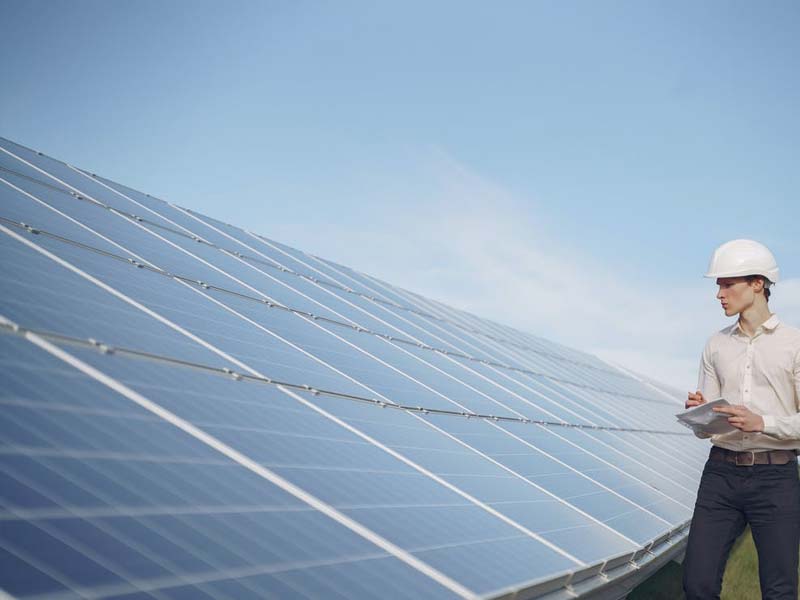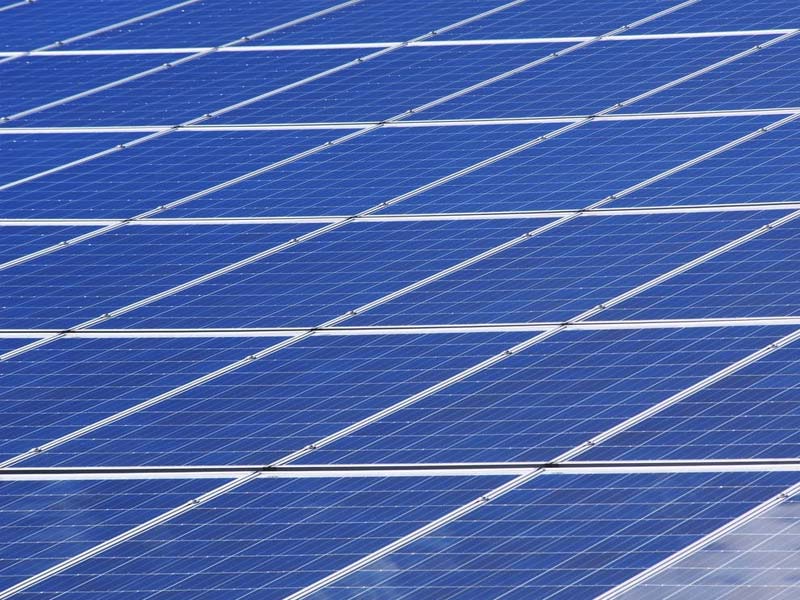Solar Power
Going Solar: Things That You Should Know
Renewable energy is becoming more and more popular due to the growth of environmental awareness in the past few years and solar energy is definitely the regular consumer’s top pick when it comes to joining this renewable energy lifestyle. Last September 2019, in Australia alone, over 2.2 Million solar panel systems were installed, and the industry is expected to grow even larger in the next couple of years. It is a cheap source of energy that homes and businesses find to be very financially beneficial in the long run. That’s why a lot of people are have been convinced to go solar. On top of that, they are also contributing to the recovery of the environment!
How Much Do Solar Panels Cost?
The cost of making a solar panel has dropped significantly in the past decade. Which is good news for those of you who may want to avail them for personal consumption. The cost of buying solar panels varies depending on how much energy you consume monthly.
In Australia, the country with the largest solar power industry, the average estimated cost of having solar panel systems installed into your home ranges from $3,000 – $10,000 (before solar rebates). The bigger your house is, the bigger the consumption, which requires you to get more solar panels with larger capacity for it to be able to power all your electricity needs. Therefore, if your current average monthly bill is low, expect your solar panels will cost cheaper.
Solar Panel Rebates from The Government
You might be wondering what solar rebates are. In Australia, you will be given an incentive per Kw by the government if you decide to avail a solar panel system. That rebate will reduce the price of the system you bought. They are also known as the Small-scale Technology Certificate (SCT). Despite the term, it’s actually more of a discount than a rebate and is also available to other renewable systems such as wind turbines and solar water heaters. For example, the 10kW solar panel system you purchased originally costs $10000. Assuming the rebate is at $500 per kW, it now only costs you $5000.
The amount of solar rebate that one may get differs depending on the state that you are living in. Most of the time, if you have a good installer, they will take care of the paperwork for you, so you don’t have to do anything anymore in order to avail of the “discount.” In fact, most advertised prices of solar systems are already “after rebate” prices. But take note that this rebate is only available if you are availing no more than 100kW in solar panel systems and your installer is a Clean Energy Council approved company using Clean Energy Council approved materials.
What Kind of Solar Panels and Solar Systems are Available in the Market?
There are three traditional types of solar panel that are available in the market:
-
Mono-Crystalline – the most reliable solar panel in the market proven by 40 years of data and development, with about a 15-18%+ average efficiency. Appearance is usually black with white diamond shapes.
-
Polycrystalline or Multi Crystalline – is a relatively new solar panel with a 13-16% efficiency. These are very similar to mono-crystalline panels, but it is made with multi-crystalline silicon which are easier to produce. Appearance is usually blue/black with white “grids.”
-
Thin Film – is larger than mono-crystalline and polycrystalline solar panels but is less efficient than the two of them. However, thin film’s efficiency is more stable. This is a newer technology and isn’t available widely for residential use yet. Usually plain black in color.
Now, before telling you which solar power systems are available in the market, let us give you a quick recap of what the functions of a solar panel, an inverter, and a solar battery are first.
Solar Panel – transforms sunlight into Direct Current (DC) electricity.
Inverter – turns DC into Alternating Current (AC) electricity as DC is incapable of powering most appliances.
Solar Battery – a “battery” that stores excess electricity that your solar panel system produces during sunlight for later use.
Here are the three main types of solar power systems you may avail:
-
Grid Connect Solar Panel System – composed of a solar panel and an inverter. The most popular solar system installed in homes. It is linked to the main electricity grid and sends back any excess energy to your electricity retailer, wherein you will earn feed-in-tariff.
-
Hybrid System – composed of a solar panel, an inverter, and a solar battery. It is also connected to the grid, but instead of sending all the excess electricity that your panel produces back to it, it fills your solar battery first which allows you to use the system for power even when there’s no sunlight.
-
Off-the-Grid System – composed of a solar panel, an inverter, and a large capacity solar battery. You’re completely disconnected from the main electricity grid which means you make and use your own electricity. This is the most expensive solar system available and is mostly used in remote areas where electricity is usually inaccessible.


